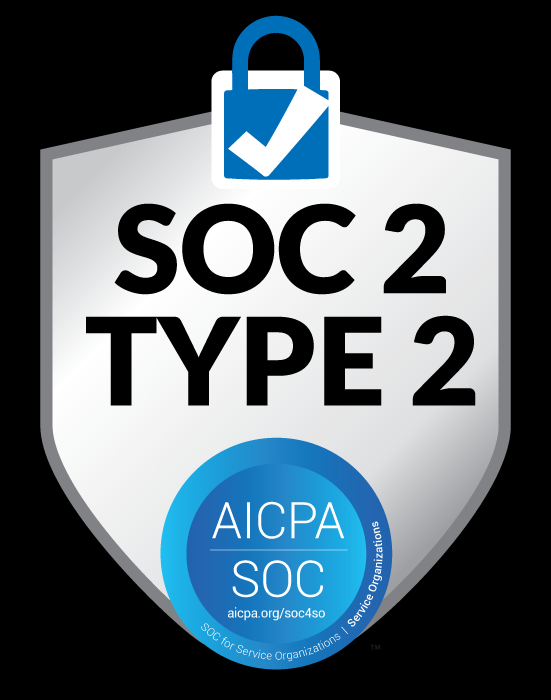
Multi-Cloud orchestration makes identity work
There is no one cloud to rule all applications. Most of us operate with multi-cloud environments. But it takes careful planning and architecture to avoid a Babel of cloud applications and vendors creating chaos, expense, and risk — particularly when it comes to digital identity and access management.
Integration can consume development teams and lead to disconnected access policies that bury security operations. Gartner predicts that by the end of the year, 75 percent of enterprise customers using cloud infrastructure as a service (IaaS) will move toward a multi-cloud strategy, each with multiple identity access manager (IAM) providers, adopting services and features from a variety of vendors.
But what if working in a multi-cloud environment could be easier? Imagine a blue-sky layer above the cloud that works as a single pane of glass to see and manage all the diverse vendors and standards that come and go. What would a truly vendor agnostic and open approach look like?
That time has come, and this layer does exist. It’s called decentralized identity orchestration and brings with it uniform security controls and functionality to your applications, services, and clouds. And built using open source and open standards, it establishes vendor neutrality, provides superior agility for continuous digital transformation, and propels digital business forward.
Managing above the Cloud
Decentralized identity orchestration provides the general elements that are needed for tamper-proof authentication, using a new generation of privacy-enabling tools that simplify management and facilitate the continuous verification required by zero trust security architecture.
Orchestration functions as a translation engine providing a cybersecurity fabric that connects clouds, applications, and vendors by automatically translating their protocols. It lets you focus on business innovation and better security. It provides a unified zero trust control layer that easily connects heterogeneous vendor silos.
With an orchestration layer above the cloud, it doesn’t matter how many vendors you have or applications you want to use.
And while orchestration is good at managing the cloud infrastructure you already have, decentralized identity, built on top of verifiable credentials allow you to weave in data sources from new systems and services, without needing bespoke APIs or expensive platform migrations.
Most importantly, decentralization eliminates data silos and vendor lock. This means you can enable multiple clouds and multiple services to work together and operate within a unified trust framework.
Together, orchestration and decentralized identity provide a green field for rapid digital innovation, superior human experience, and zero trust security.
Building with open source
Enterprises can reap the benefits of decentralized identity orchestration when it is built on open source standards. Open source provides some of the most ubiquitous, advanced, and well tested code available. It lets you go beyond vendor lock and makes it easier to interoperate with existing infrastructure without creating further technical complexities.
When implemented using open-source technology, decentralized orchestration can do all the hard work of building integrations ahead of time. All you need to do is plug and play and get back to business.
The last thing you need is to see your technical team mired in deciphering the projects, protocols, policies, and standards needed to integrate digital identity across multiple applications, vendors and clouds.
Adoption and deployment
There are two ways to obtain decentralized identity orchestration.
One is to develop a tailored platform by hiring a wide range of domain experts and developers that know how to combine open-source code and open standards with decentralized design models. The second way is to work with a service provider that operates as a vendor-agnostic bridge to provide full multi-cloud integration across all services, identity standards, and software vendors.
Whatever your approach, you must start your decentralized identity orchestration journey with an exit strategy. This is to avoid the vendor lock that you are working to avoid. Orchestration providers that claim to be the antidote for vendor lock must explain how their technology can eventually be removed from the equation.
Fundamentally, decentralized identity orchestration should work with any service you have in your environment and anticipate the replacement of all your underpinning technologies and vendors at inception.
Just remember — true decentralized orchestration is vendor agnostic, open, secure, and portable by design so your business can focus on innovation and not endless platform migrations and vulnerabilities. To reach vendor agnostic Zero Trust you need to manage technical diversity above the cloud. Decentralized ID orchestration and open standards will give you that.
This article was first written by IdRamp for biometricupdate.com. To see the original post CLICK HERE.


